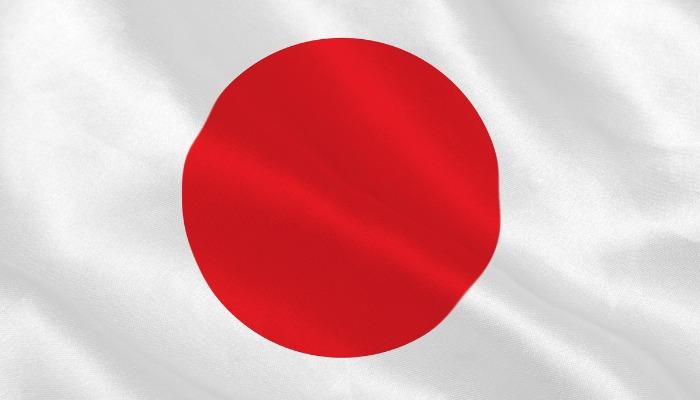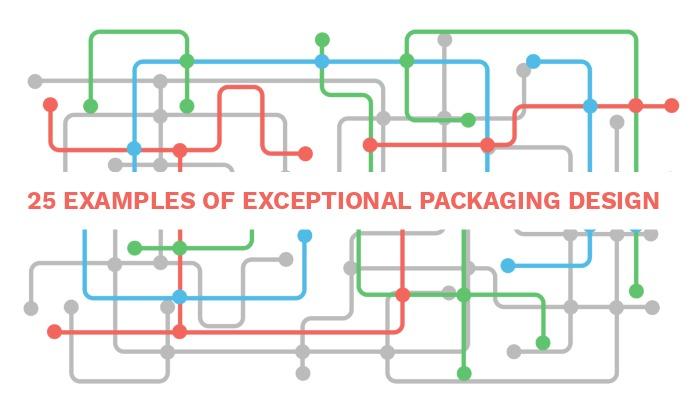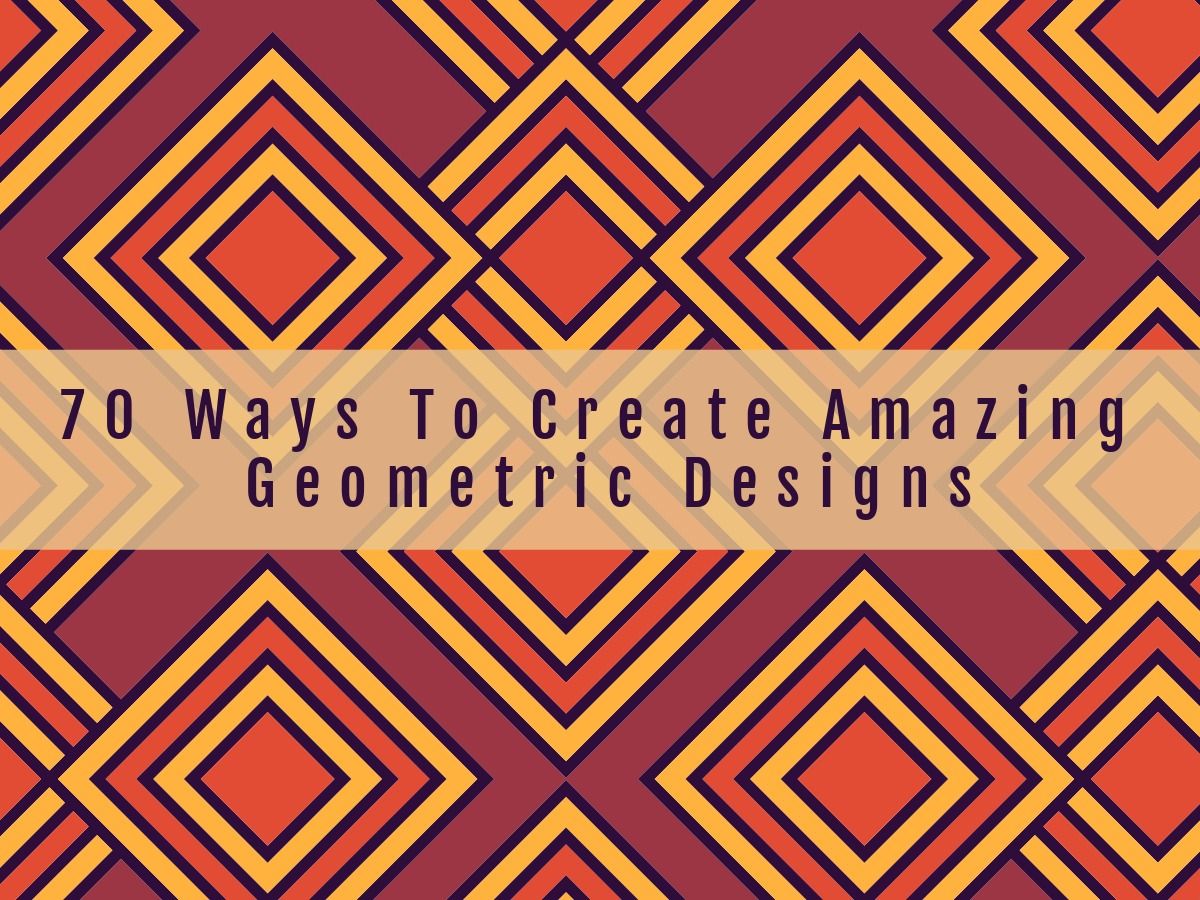Graphic design is an established concept but one with many layers of personality. Trends in graphic design change every now and then, with a specific trend becoming obsolete for a certain time only to return at a future period with better results. This is not surprising in any way since the world is also rapidly changing.
Generations change and each one has its own set of qualities which dictate what the trends will be. The millennial generation, for instance, has proved to be an entirely different personality, described as more daring and more meticulous. Due to technological advancement, it is a prerequisite to cater to the needs of the younger generation even in graphic design terms. After all, they are your target audience.

If you are interested about design trends, don't look only about design trends in Japan. You can try to discover all the way and look all the biggest design trends.
When you are looking for inspiration on how to create your designs, have you ever thought about the Japanese design? The Japanese are well known for their state-of-the-art technologies and compelling storytelling in animated films, among others. What you probably missed are the types of graphic design trends in Japan you can take inspiration from.
Bold, minimal, vivid, and experimental are stereotypical graphic design elements used widely in Japan. But these do not fully capture the Japanese design culture, and you are about to uncover the 7 graphic design trends in Japan which you ought to follow.
1. Customized Typography
Japanese graphic designers are fond of using custom typography in their creations. If you have studied a bit of the Japanese language, you’ll understand the justification behind the use of customized typeface.
The Japanese character system is unique and can be described as complex. Compared to 26 letters in the American alphabet, the hiragana and katakana each have 46 basic characters (or 71 including diacritics). Thus, a Japanese designer finds it easier to just draw up the characters for a few words rather than to create an entire typeface.
Remember the 2020 Tokyo Olympics design controversy? It was criticized because of the designers’ affinity for a specific typeface, which most designers in Japan would certainly not do.
All of us love to personalize our things, from phone wallpapers to office cubicles and our homes. We want something that will reflect our character. In graphic design, clients would want a design that is distinctly made for them.
Thus, as you create your next project, consider using this Japanese graphic design trend. Use custom lettering and not just another typeface you chose from a hundred other similar options, which isn’t sufficient to convey your’s and your client’s message. Plus, using custom typography adds a sophisticated and striking look to your overall design.
2. Bright and Vivid Colors
If you have already been to a Japanese city or neighborhood, like Tokyo, Harajuku, and Shibuya, you will notice the Japanese people’s love for bright and vivid colors. The streets of these cities are bustling with life and color. If you scroll through their design culture, you will notice that most of their designs are painted in red, gold, and black hues, among other colors.
The Japanese love a wide range of colors. They include a diverse palette when designing, as evidenced in their buildings and artworks. It seems that the Japanese do not fear color combinations or how the hues would work together. In the end, they succeed in mixing these colors to craft that remarkable design, teeming with vibrancy.
Try mixing up your colors and see where it will take your design. After all, the Japanese have proved that there’s no harm in experimentation.
3. Cuteness

This is probably one of the most typical designs associated with the Japanese. Just think about Hello Kitty and Totoro. Mind you, it’s not exclusive to kids.
The cute culture or “kawaii” is used all over Japan, from television shows to telecommunication companies, examples of packaging design, and other merchandise. This cute culture is deeply embedded in the Japanese artistry and love of fun. They believe that through cute drawings, they are able to remove any hostility from the audience but instead develop a more intimate relationship with them.
Take for example a cute mascot or illustration of any brand, the first impression you’ll have of the company is devoid of any enmity and filled with compassion as well as approachability. Playfulness, in one way or another, can help in your design if you are willing to give it a chance.
4. Minimalism
If you have entered a Japanese home before or observed what it looks like as portrayed on Japanese anime, you would have noticed the minimalistic design they use. The Japanese have as little furniture as possible. Likewise, decorations in the house are scarce, if not totally absent.
Minimalism, a growing trend in web design, is an original Japanese concept. It reached the Western perspective when architects and artists used it in their works. However, minimalism in web design was made popular in the early 20th century.
The art of less, minimalism focuses on the simplification of form. It removes unnecessary elements to achieve a more pragmatic design. Minimalism operates on the principle that “less is more”.
Google Search and Apple are avid users of this design aesthetic from the Japanese. They have the typical negative space, text blocks, and a limited number of functions on their sites. As a result, they hold the users’ attention longer and further highlight their brand.
Minimalism is a design element predicted to be on trend for several years to come. It is timeless, it is classic, and it never gets old, thanks to the Japanese.
When you create your design, try to omit the insignificant elements and concentrate on the primary ones. Use simple lines, lots of white space or negative space, custom typography, several text blocks, limited colors, nude hues, and basic shapes (especially circles as the Japanese love using this shape in their designs too, and prove to be visually appealing). You know you can never go wrong with simplicity, don’t you? Take it from the Japanese graphic designers. Take it from the top designs of Google and Apple.
After follow all this advice you will know how to create amazing geometric design!
5. Language Mix
Although the Japanese take pride in their writing, graphic designers are fond of using mixed languages in their work. Mixing the Japanese and Roman characters is a trend which most designers think is an effective and aesthetic approach.
Most Japanese designs consist of Japanese text written with ideographic characters, or English text mixed with Japanese characters. Of course, there is a need to consider the emphasis you want your design to portray.
6. Complex Gradients
I mentioned above that the Japanese love to use colors theory. They seem to understand the symbolism of each color when used in design. Walk around a museum showcasing Japanese artworks and you’ll see the complex gradients embedded into their masterpieces. You’ll see subtle colors that fade until they blend into a charming mix. They do this through a gentle transition between colors used in the background and even in font coloring.
Complex gradients, once you master the art of using them, can be very helpful to bring life to your background and give color to your design. If you’re tired of using mono tones, this is the perfect answer for you. Start with using pastel colors and experiment from there until you get the best gradient.
7. Brush Strokes
The Japanese take pride in their culture and tradition. As much as they embrace changes, i.e. technological advancement, they also place high regard on preserving their ancient customs. They find ways to infuse these traditions into modern graphic designs. For instance, calligraphy (or “shodou” in Japanese) is an important part of the Japanese culture. Children are taught the art of shodou since first grade, and most people strive to achieve the “mastery” level in calligraphy. In fact, it is considered a necessary skill to learn, like martial arts.
Calligraphy is seen in Japanese graphic designs. You can observe brush strokes which are messier, cruder, and streaky – all featuring the shodou art.
Indeed, calligraphy will contribute to the new look of your creative design ideas, as it has already proved to do in Japanese design.
These points don’t cover everything that makes up the Japanese design culture. If you look deeper into how they create their works, both in print and on digital platforms, you’ll see that there is still lot of artistry in the Japanese way of designing. My goal here is not to push you to use Japanese techniques and elements in your designs. As graphic designers, I urge you to get inspiration from Japanese design culture to come up with better and more compelling designs resources.

Fazreen Razeek
Fazreen Razeek collaborates and works alongside agencies, event organizers, and suppliers to develop and execute their marketing strategies.He is extremely passionate about education technology and also writes for various local and international publications - about graphic design software and graphic makers. A graduate with High Distinction from the Edith Cowan University, Perth,Australia, Fazreen holds a Bachelor's Degree with a double major in Marketing & Management. Likes Ads Maker Online and Add Logo to Video tools.


